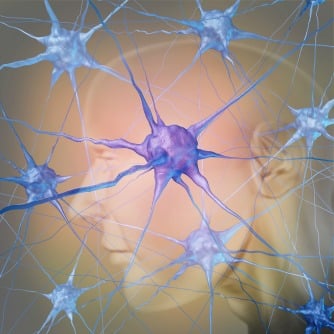A research team from the University of Amsterdam (UvA), in the Netherlands, has discovered brain cells that support the ability to navigate the environments. Understanding how these neurons aid the brain in movement over space may lead to more effective treatments for cognitive disorders like Alzheimer’s. The international team, which was led by Jeroen Bos, Martin Vinck, and Cyriel Pennartz, published its findings in Nature Communications in May 2017.
Topographical Orientation
The ability to move from one location to another is due, in part, to topographical orientation. During the process, the brain uses sensory input and spatial awareness to come up with a cognitive map. In the mind, the cognitive map gives a picture of where the person is located, where their destination is located, and possible routes and barriers.
The hippocampus plays a large role in topographical orientation. Previous research has shown hippocampus cell activity increase and decrease in relation to the subject’s location. This activity is thought to correspond to fine-tuned, detailed directional choices.
Patients who suffer damage to the temporal lobe or from diseases like Alzheimer’s are known to have difficulty navigating to remote goals.
Clinical Study
The UvA team sought to pinpoint the areas of the brain responsible for movement across large areas, and how that information is coded. Three male rats were trained to negotiate a maze in the shape of a figure-8, with the two loops overlapping in the middle. Animal subjects were fitted with instruments that allowed researchers to measure activity in the perirhinal cortex, hippocampus, and two areas associated with sensory processing.
Data from the trial showed activity levels in the perirhinal cortex corresponded with obstacles and variations within the maze. Electrical activity in this area of the brain was consistent throughout the trial, while responses from the hippocampus were smaller and more erratic.
The perirhinal cortex is associated with object recognition. In the structure, researchers isolated neurons they are calling “neighborhood” cells. These cells seem to allow the brain to divide its environment into more easily recognizable segments. This allows the brain to more quickly negotiate commonly traveled paths.
Treatment Implications and Further Research
Unlike the up-close, detailed navigation received from hippocampus cells, neighborhood cells are responsible for larger zones. The neighborhood cells are a first step in understanding how the brain processes and uses information to move the body across large areas of space.
This understanding could lead to new therapies and treatments for those affected by topographical disorientation. Future research will attempt to apply this new information to develop spatial strategies that help Alzheimer’s patients compensate for some of their lost abilities. Assistive robots and neural replacement technology are also being examined.




